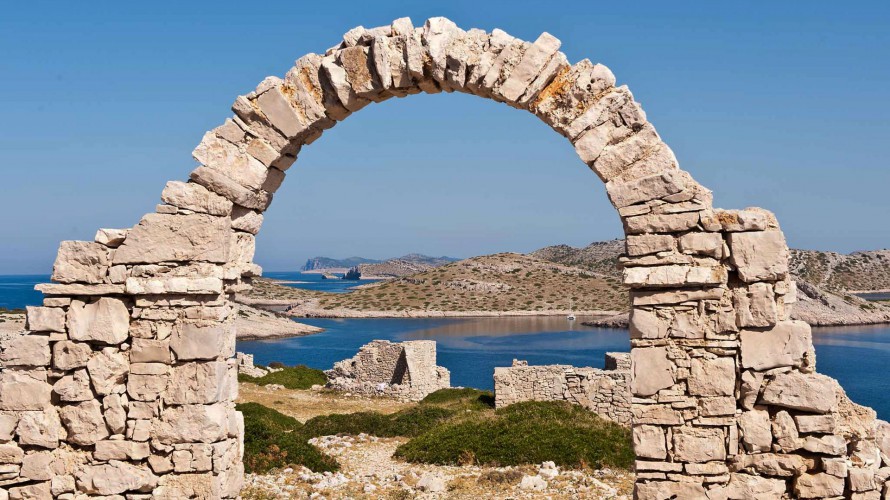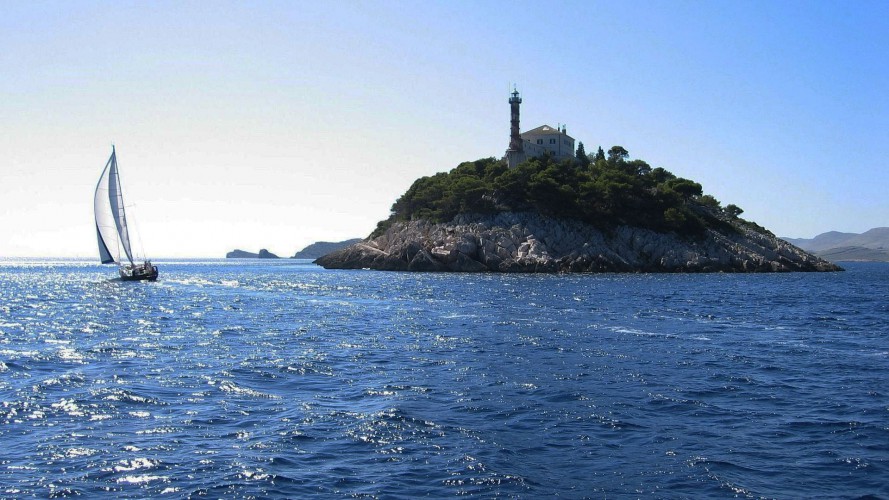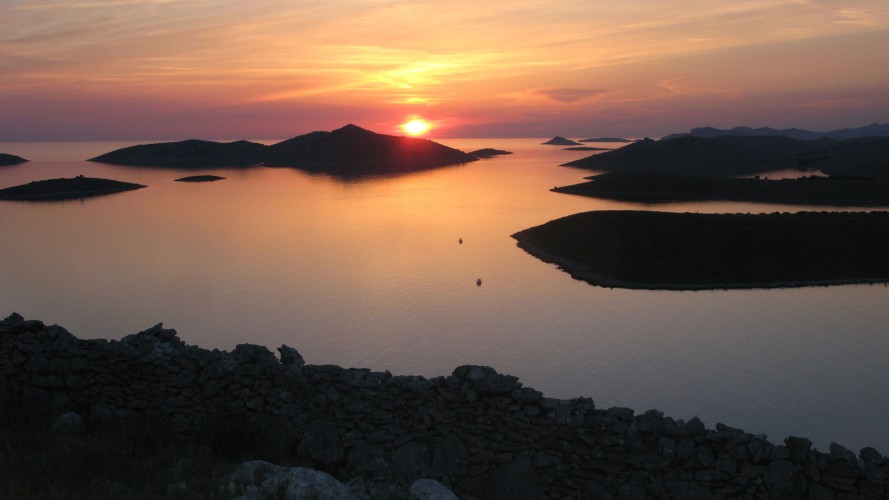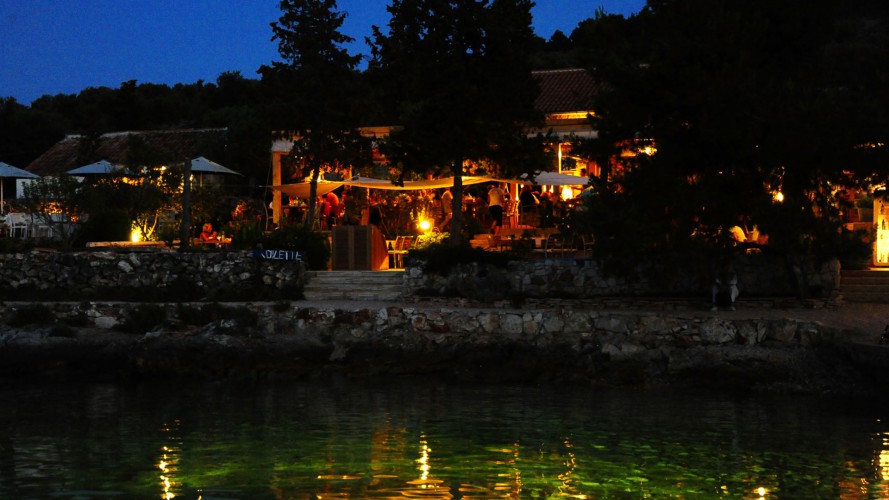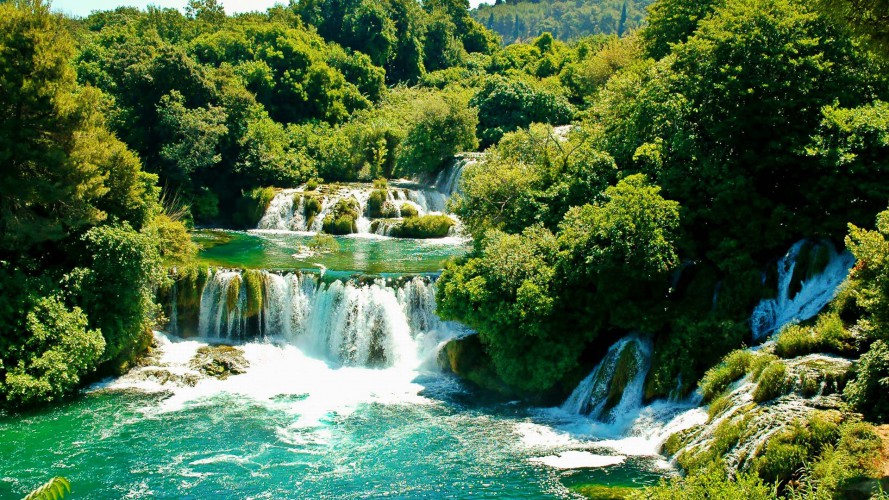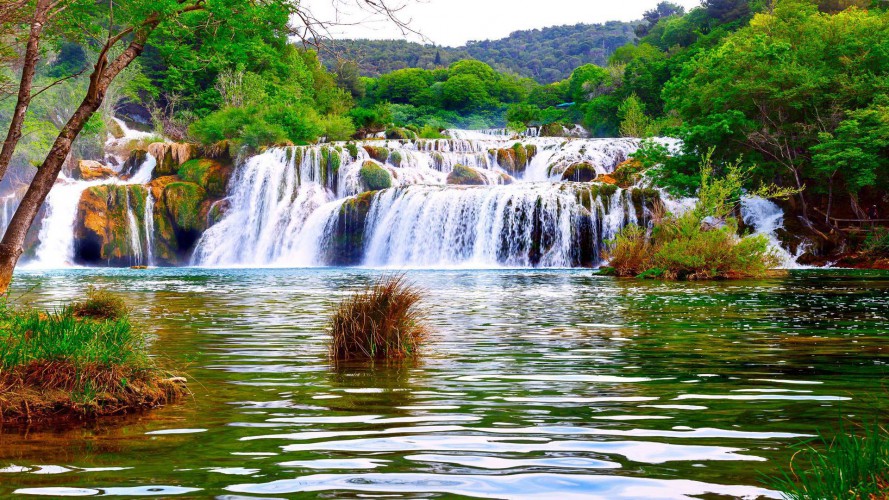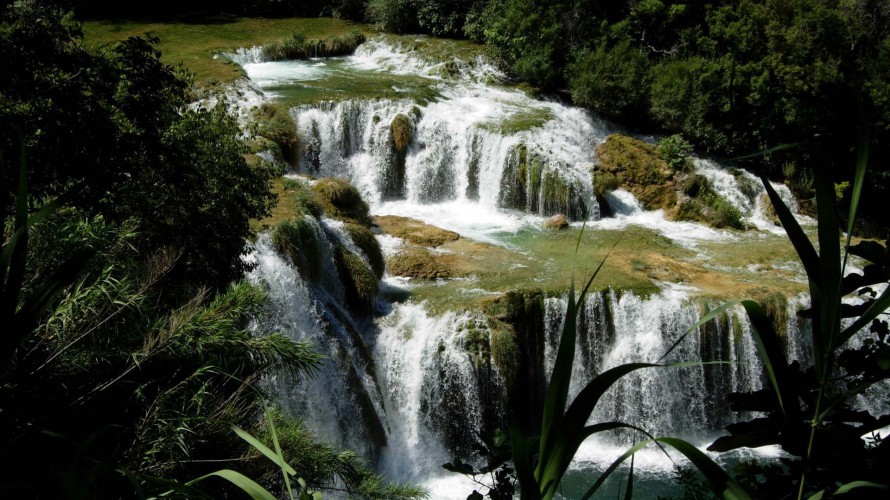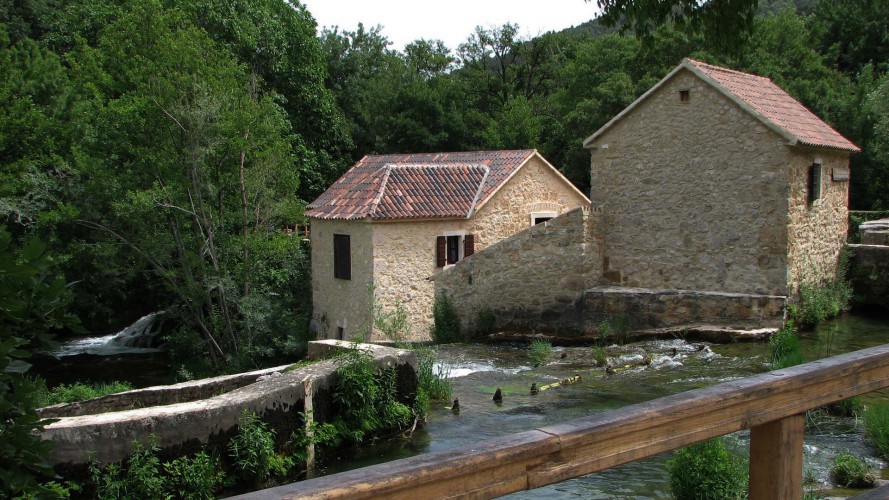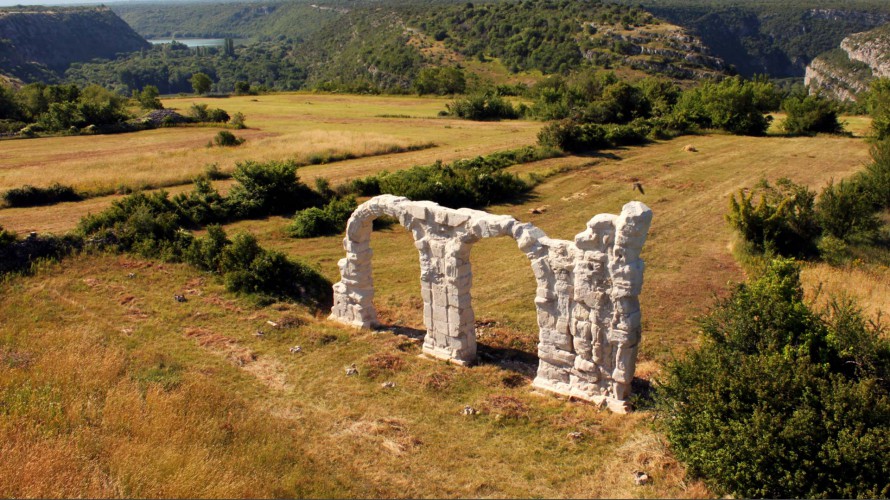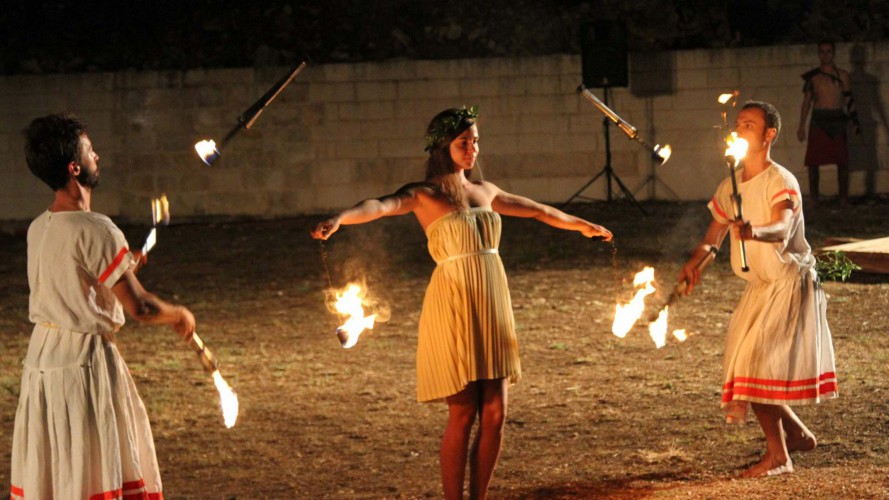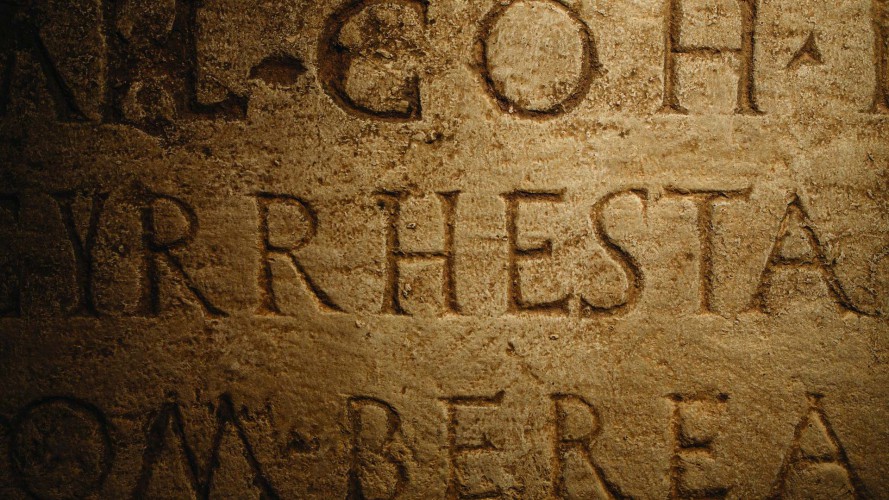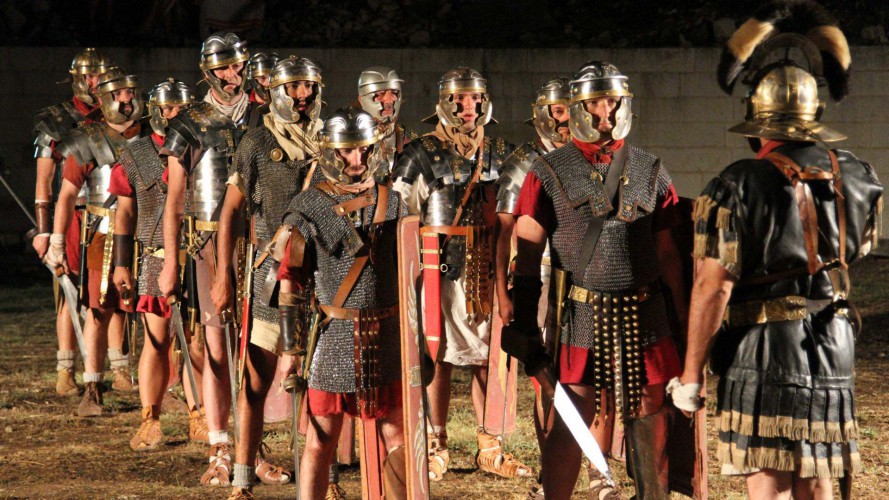Kornati
The Kornati archipelago consists of 140 uninhabited islands, islets and reefs comprising an area of only 70 km2. They are famous for the peculiar shapes of reefs and crags but particularly for their high cliffs. There are those who claim that the number of the smaller islands is even greater, since an old saying says: “As is the number of days in a year, so is the number of the Kornati islands”.
Distance: 25km
Daily boat excursions depart from Vodice, Šibenik and Murter. Can be visited by hiring Rent a Boat services available at town port.
Krka waterfalls
The national park is a vast and primarily unaltered area of exceptional natural value, including one or more preserved or insignificantly altered ecosystems. The purpose of the park is primarily to serve science, culture, education and recreation, while tourism activities have also been introduced for its visitors.
Including the submerged part of the river at the mouth, the Krka River is 72.5 km long, making it the 22nd longest river in Croatia. It springs in the foothills of the Dinara mountain range, 2.5 km northeast of Knin. With its seven waterfalls and a total drop in altitude of 242 m, the Krka is a natural and karst phenomenon. The travertine waterfalls of the Krka River are the fundamental phenomenon of this river.
In addition to its natural phenomena, this amazing river abounds with cultural and historical monuments. The most outstanding of these is the Franciscan monastery on the tiny island of Visovac, set in the middle of the lake widening in the river like a precious stone. Within the monastery there is a picture gallery and a church, the origins of which are traced back to the 14th century. In the middle of the canyon, upstream of the river, is an interesting Krka Orthodox monastery; while on the high ground above the river several old ruins sit.
Distance: 25km
Driving by car from Vodice to this place lasts 15 minutes. Daily boat excursions depart from Vodice, Skradin and Šibenik. Can be visited by hiring Rent a Boat services available at town port.
Roman camp Burnum
The camp was erected in the 1st century AD, at the turn of the new era, at a strategically important position for controlling passage across the river, and it marked the starting point of all military campaigns towards the inland regions, right up to the northern boundaries of the Roman state.
The XI Roman legion was stationed at this camp. As of 42 A.D., this legion carried the honourable title of Claudia pia fidelis. Later, it was replaced here by the IV Flavia Felix legion. Today, the remnants of the arches of the pretoria (camp command) building are still visible. Recent research has unearthed a large amphitheatre and an abundance of archaeological material that suggests that the camp was erected under the rule of the Emperor Claudius, and later expanded under the Emperor Vespasian. With the departure of the army, a town (municipium) was established here due to the favourable infrastructure already in place, and it played an important role in the area right up until late antiquity. The town had a large sanctuary, amphitheatre, aqueduct, cobbled roads and streets and other urban properties. Many fierce battles were waged along its city walls. At the end of the 5th century, during the period of the Gothic-Byzantine wars, the town was taken by the Ostragoths.
Distance: 45km
Driving by car from Vodice to this place lasts 45 minutes.
Contact us
- Blata 12A
22211 Vodice, HR


